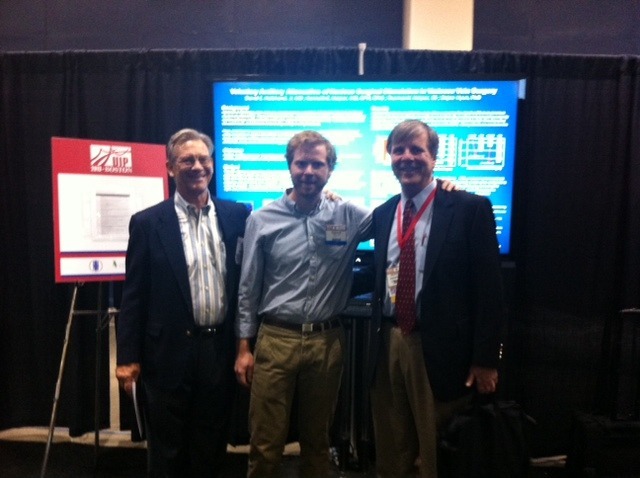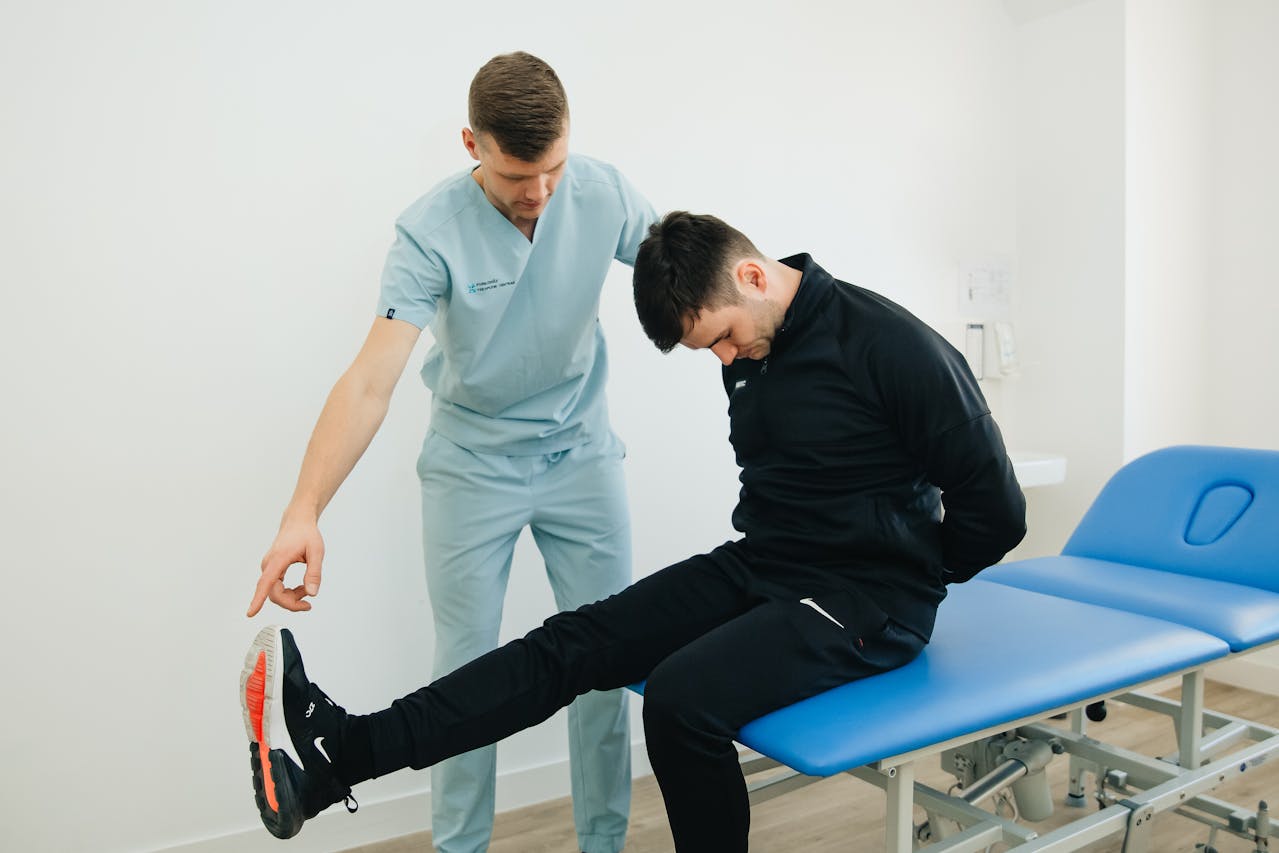It is nice to know that your vein care specialist are committed to advancing the field of vein care. Dr. Kenneth Harper and the Vein Specialists of the South team are innovators in phlebology. Our research was recognized at the September 2013 XVII World meeting of the International Union of Phlebology in Boston, MA.
The study, “Voluntary Auditory Attenuation of Noxious Surgical Stimulation in Varicose Vein Procedures”, is an International Review Board(IRB) approved clinical trial of a software application “ImindAmbiEnce” investigating the use of isochronic sound waves designed to sedate patients prior to and during procedures. Using isochronic sound waves to diminish anxiety levels and enhance pain tolerance is called Isochronic Tone Entrainment (ITES).
Each patient had two procedures and compared the use of ITES to music of the patients choice to determine which reduced the anxiety level of patients the most. Parameters measured included: patient self reporting, recording of blood pressure and pulse rate and non-invasive measurement of brain wave activity (BIS monitoring) to determine the clinical level of sedation.
The clinical trial results concluded that the sound waves produced a more sedative state in patients than the music chosen by patients. It helped our anxious patients to have a more relaxed, enjoyable experience. More studies are planned to determine the statistical significance of these results; however, there is enough information to apply this technique to more than just vein procedures. Possible implications of this research is the use of less anesthesia in patients, especially those with adverse reactions to anesthesia.
Last month the study was presented by Dr. David Hallstrand, Jr. (an anesthesiologist and collaborator with VSS in the study) at the ABSAME meeting, “A Forum for the Behavioral Sciences and Health Professions Education” in Newport, RI. ABSAME is an interdisciplinary professional society dedicated to strengthening behavioral science teaching in medical schools, residency programs, and in continuing medical education.
Below is Dr. David Hallstrand, Thomas Harper, and Dr. Harper; the contributors to this publication.










